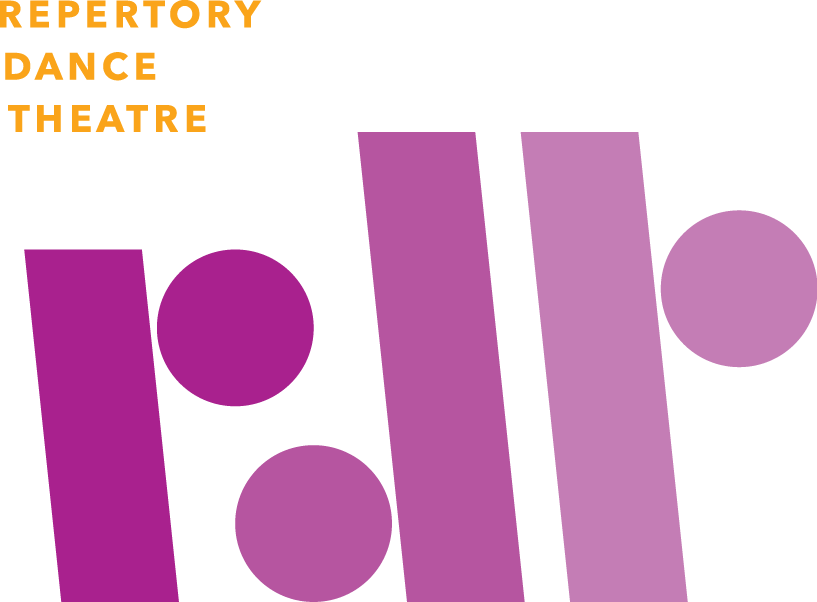-
In this lesson, students enact through dance their interpretation of individual words spoken out loud. Learning Objectives/Goals Isolating different body parts, experience different energies in Movement, develop ability to...
-
Students will take inspiration from the choreographer Charles Moulton and his community based ball passing choreography. Students will learn basic ball passing movements and rhythms and create their own way of ball passing...
-
Students will explore shapes and pathways to create movement inspired by different birds at that inhabit the Great Salt Lake. Learning Objectives/Goals Demonstrate the shape of different bird beaks and how they move...
-
This creative movement lesson using syllables is a great ice breaker for the beginning of the year or semester, a time when students are getting to know one another and the teacher is getting to know students’ names as...
-
This lesson plan uses creative movement to introduce students to different types of clouds and different types of precipitation. Learning Objectives/Goals Using verbs, adjectives and adverbs students will define the 4...
-
Students will explore the different steps and movements that make up common social dance line dances. They will then take some of these ideas and create their own unique line dance by manipulating these movements and using...
-
In this lesson plan for elementary grade levels 1-3 students learn about weather energy patterns through body movement. Learning Objectives/Goals Experience different energies in movement, isolations of the body,...
-
This lesson plan relates to the Gestures Dance in Fin Amour. Expand your movement vocabulary by abstracting literal "pedestrian" actions. Learning Objectives/Goals Students will learn to abstract movement by using...
-
In this movement lesson, students will use the ideas of shape (symmetrical and asymmetrical), stillness vs. movement and levels in space (high, medium and low) to move across the room. Learning Objectives/Goals Students...
-
Desert Habitats, Animals and Poems with Movement
Students will explore the desert habitat and animals that live there through poetry, describing words, actions and movement. Learning Objectives/Goals Exploring different ways animals move, different shapes that occur in...
-
This lesson plan will explore various ways of walking in different directions on different levels, inspired by Fin Amour Walking Dance. Learning Objectives/Goals Explore Levels (high, medium and low), Use of personal and...
-
Using creativity to design and explore three simple frozen shapes. Learning Objectives/Goals This lesson plan relates to the Shape Dance from Fin Amour, focuses on creating movement from the shapes of objects in the room....
-
Fractions, Rhythm and Movement
Students will use rhythm to explore different fractions with movement and within the space. Learning Objectives/Goals The understanding of a whole note, half note, quarter note and eighth note as they relate to movement,...
-
Students will explore energy qualities and relationships within a group using inspiration from organisms in the Great Salt Lake food chain. Learning Objectives/Goals Create a model using movement to show the movement of...
-
This Lesson Plan came from the work the company did with choreographer Kaley Pruitt on a work called HOLD. It is based on the idea of abstracting different words and their meaning into movement. The dancers went through...
-
The goal of this lesson plan is to re-enforce the importance and power of abstract thinking and abstract movement in the choreographic process. This lesson plan can help teachers fight the pre-conceived notion that dance...
-
Over, Under, Around and Through - Prepositions and Geometry in Movement
In this lesson designed for elementary grades 4-6, students explore shapes and positive and negative space through movement. Learning Objectives/Goals Use of Prepositions and movement (over, under, around, through, in,...
-
Students will explore the concepts of positive and negative space in the moving space and what that means in the body. Learning Objectives/Goals Establishing positive and a negative space, what these look like in space and...
-
In this lesson, students will use the choreographic elements of direction (forward, sideways, backwards), levels (low, medium, high), speed (slow, medium, fast) and actions (verbs) to create a dance. Learning...
-
Rhythm study with Straight, Curved and Angle Lines
In this lesson plan, students will explore rhythm, using shape and 3 types of lines (straight, curved and angles). Students will work together in groups and use their counting skills while moving. Learning Objectives/Goals...

